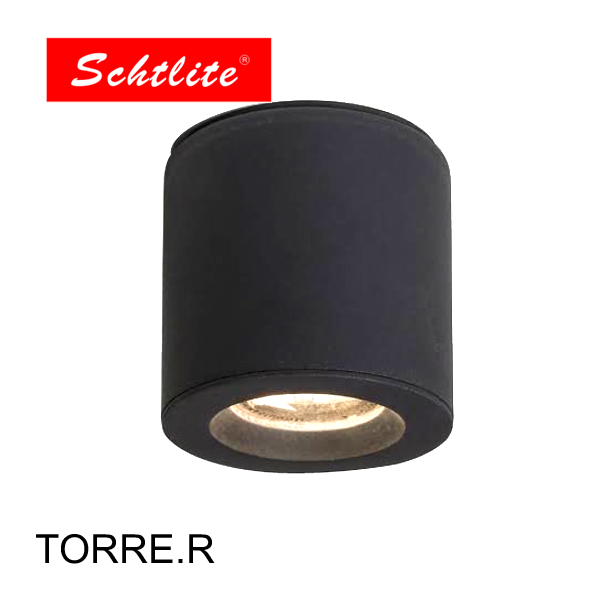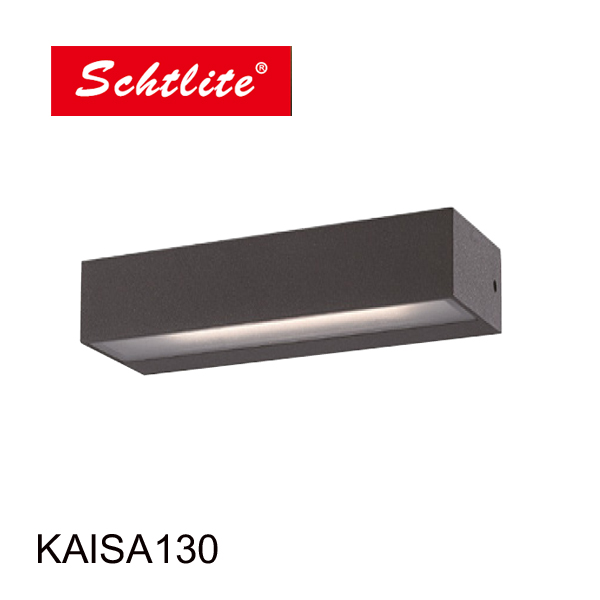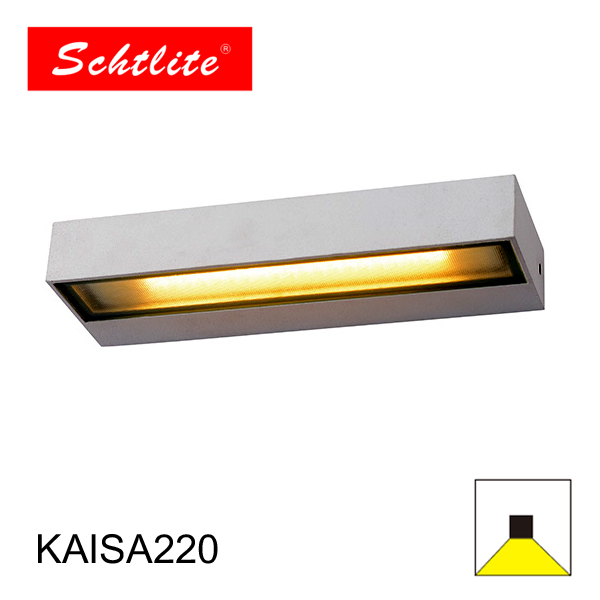1.Highlighting Details: Wall lights serve as subtle yet effective tools for highlighting the intricate details of architectural features. For instance, ornate moldings or decorative cornices can often go unnoticed in dim lighting, but when illuminated by well-placed wall lights, they become prominent focal points that showcase the craftsmanship and elegance of the space. By casting gentle beams of light along the contours of these features, wall lights bring depth and definition to their intricate designs, creating a captivating interplay of light and shadow that adds depth and character to the room.
2.Creating Depth: One of the most remarkable abilities of wall lights is their capacity to create depth within a space by illuminating vertical surfaces. By washing walls with light, wall fixtures effectively expand the perceived dimensions of a room, making it feel more spacious and inviting. This technique is particularly effective in rooms with textured walls or architectural elements such as exposed brick or stone, where the interplay of light and shadow adds visual interest and depth. Whether used to accentuate a feature wall or to create a cozy alcove, wall lights play a crucial role in shaping the overall ambiance of a space and highlighting its architectural character.
3.Emphasizing Symmetry: Symmetry is a fundamental principle of architectural design, and wall lights can be powerful tools for enhancing this sense of balance and proportion within a space. Placing matching wall sconces or lamps on either side of a prominent architectural feature, such as a fireplace or a doorway, not only provides practical illumination but also helps to frame and emphasize the symmetry of the room. This symmetrical arrangement creates a sense of harmony and cohesion that enhances the overall visual appeal of the space, drawing the eye to its architectural focal points and creating a sense of balance and order.
4.Adding Drama: Wall lights have the unique ability to create dramatic lighting effects that can transform the look and feel of a room. By strategically positioning fixtures to cast shadows and highlights on architectural elements, such as textured walls or sculptural details, wall lights can imbue the space with a sense of drama and intrigue. For example, uplighting can be used to accentuate tall ceilings or architectural columns, while downlighting can create a cozy ambiance in intimate seating areas. By playing with light and shadow, wall lights allow designers to sculpt the visual landscape of a space, adding depth, dimension, and a touch of theatricality to the architectural composition.
5.Defining Zones: In open-plan living spaces, wall lights can be used to define different functional zones or areas within the room. By highlighting architectural features that delineate boundaries, such as archways, half-walls, or structural columns, wall lights help to visually separate distinct areas while maintaining a sense of continuity and flow. For example, wall sconces placed along a hallway can guide the eye towards a cozy seating nook or a dining area, subtly signaling the transition between different zones within the larger space. This use of light to define spatial boundaries adds clarity and organization to the room, enhancing both its aesthetic appeal and its functional versatility.
6.Enhancing Mood: The quality and color temperature of light have a profound impact on the mood and ambiance of a space, and wall lights are uniquely suited to creating warm, inviting atmospheres that promote relaxation and comfort. Whether used to wash walls with a soft, diffused glow or to create pools of focused light in specific areas, wall fixtures play a key role in setting the tone for a room. For instance, in a bedroom or living room, dimmable wall sconces can provide gentle, ambient lighting for unwinding at the end of the day, while in a dining room or kitchen, adjustable wall-mounted lamps can offer bright, task-oriented illumination for cooking or reading. By carefully selecting wall lights with the right color temperature and intensity, designers can tailor the mood of a space to suit its intended purpose, creating a welcoming environment that feels both cozy and inviting.
7.Creating Focal Points: Wall lights are highly effective tools for creating focal points within a room, drawing attention to specific architectural features or design elements and emphasizing their visual importance. By strategically positioning fixtures to highlight key points of interest, such as an elegant staircase, a decorative niche, or a piece of artwork, wall lights help to guide the eye and create a sense of hierarchy within the space. For example, wall sconces placed on either side of a fireplace can draw attention to the hearth as the focal point of the room, while wall-mounted spotlights can accentuate a gallery wall or sculpture, transforming it into a striking centerpiece. By illuminating these architectural focal points, wall lights not only enhance the overall aesthetic appeal of the space but also contribute to its sense of balance, proportion, and visual interest.
8.Adding Character: In addition to providing practical illumination, wall lights also have the power to enhance the character and personality of a space, reflecting its architectural style and design aesthetic. Whether sleek and modern or ornate and traditional, wall fixtures come in a wide range of styles, shapes, and finishes that can be tailored to suit the unique character of the room. For example, in a contemporary loft or urban apartment, minimalist wall sconces with clean lines and understated finishes can complement the sleek, industrial aesthetic of the space, while in a classic Victorian home or historic mansion, ornate wall-mounted lamps with intricate detailing and antique brass finishes can evoke a sense of old-world elegance and charm. By selecting wall lights that harmonize with the architectural style and decor of the room, designers can enhance its visual appeal and create a cohesive, unified look that reflects the homeowner's personal taste and style.
BEDALE LED SMD flate glass light
At the heart of the BEDALE LED SMD Flat Glass Light lies advanced SMD LED technology, ensuring superior brightness and clarity while consuming minimal energy. This eco-friendly design not only reduces electricity costs but also contributes to a greener, more sustainable environment.The fixture features a flat glass panel that distributes light evenly across the room, eliminating glare and harsh shadows for a comfortable and visually pleasing ambiance. Whether used as ambient lighting in living rooms, task lighting in kitchens, or accent lighting in hallways, the BEDALE LED SMD Flat Glass Light delivers optimal illumination for any application.With its sleek and minimalist design, this fixture seamlessly integrates into any interior decor, adding a touch of modern elegance to residential and commercial settings alike. The slim profile and neutral finish complement a wide range of architectural styles, while the durable construction ensures long-lasting performance and reliability.Installation is quick and hassle-free, thanks to the versatile mounting options and included hardware. Whether surface-mounted on walls or ceilings, recessed into drop ceilings, or suspended from overhead fixtures, the BEDALE LED SMD Flat Glass Light offers flexible installation possibilities to suit any space.







